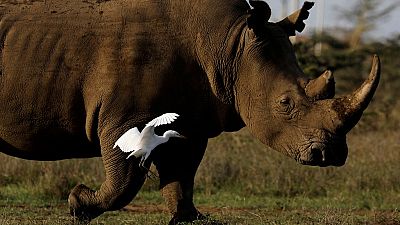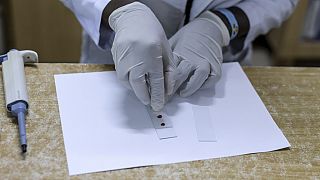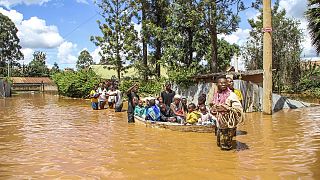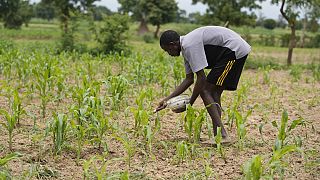Kenya
The quest to create two embryos using eggs from the two remaining female Northern White Rhinos and frozen sperm from deceased males is a success.
This simply means renewed hope for the fate of the Northern White Rhino in Kenya.
“We collected ten eggs, five from each female. And we had two embryos from one of the two females, which is 20%, which is what we normally achieve in equine reproduction, so we get the same efficiency. So we were positively surprised by such efficiency (success)”, said co-founder and director of Avantea, Cesare Galli.
The international team working on this project in Italy is pleased with progress thus far.
“If Fatu is not killed by someone then we can produce 20, 30 embryos in the duration of the Bio Rescue project. Our expectation, once the technology is perfected for egg transfer, in horses we need to implant two embryos to get one foal. Why not expect the same efficiency from the rhino?”, Galli queried.
The two embryos are now stored in liquid nitrogen and will be transferred into a Southern White rhino who will act as a surrogate mother in the near future.
Thomas Hildebrandt is head of department of reproduction management, leibniz institute for zoo and wildlife research and biorescue project head.
“I think there is a potential new life demonstrated by these new northern white rhino embryos, is an incredible example of that you should not give up. We have two infertile females, no male and these two females represent a key species and a very fragile and complex ecosystem, that were taken out by criminal activity and today we could demonstrate that the human race is not only destroying our planet, they find alternatives to restore what was done wrong in the past”, he said.
The Northern White rhino is on the verge of extinction, but this latest turn raises further hopes that the species will survive.
The ultimate aim is to create a herd of at least five animals that could be returned to their natural habit in Africa. Now this could take many years.
AP














01:02
Pics of the day: April 24, 2024
01:02
Pics of the day: April 23, 2024
01:06
Heavy rains and floods paralyze Nairobi, death toll rises in Kenya
Go to video
Can Kenya's new visa-free policy hurt tourism instead of boosting it?
00:49
London Marathon: Women's-only world record, Kenyan double victory
01:49
Kenya: Climate activists march against fossil fuel industry